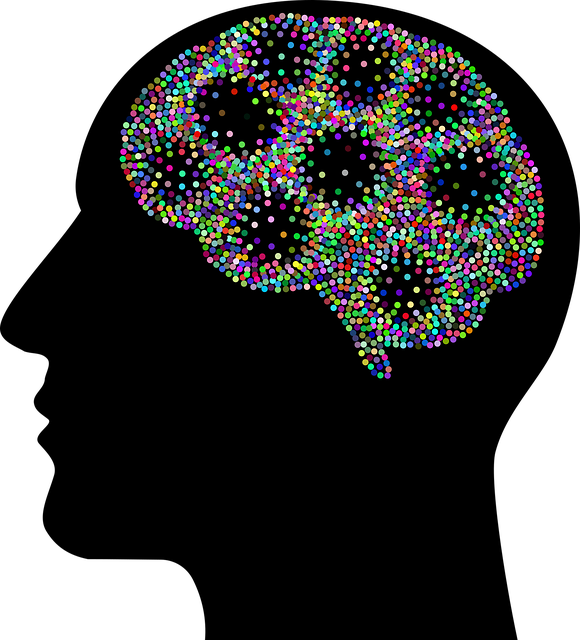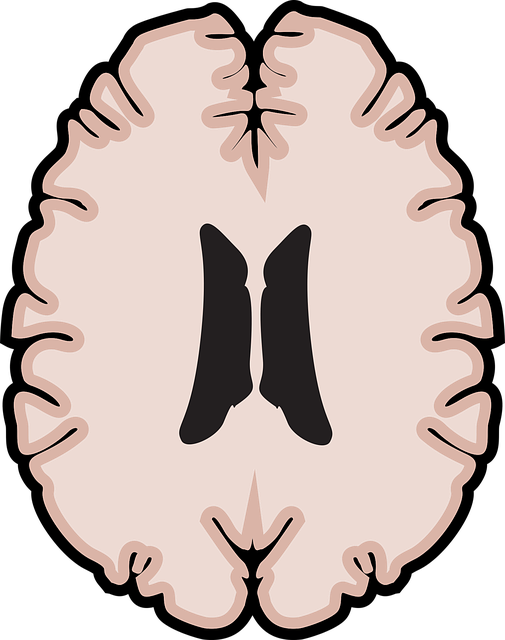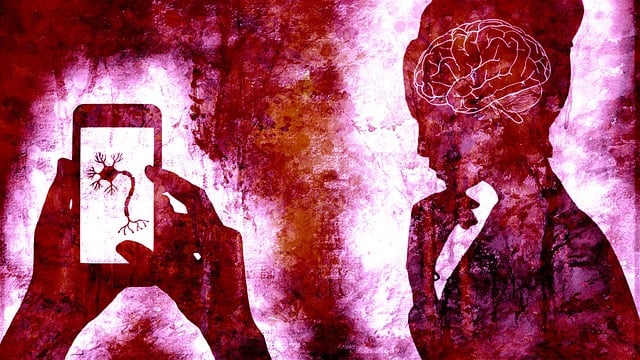The media's depiction of mental illness significantly impacts public perception, either positively by fostering empathy and reducing stigma or negatively through sensationalized narratives that perpetuate fear. Accurate and empathetic storytelling normalizes mental health challenges, encouraging open conversations and help-seeking behaviors. Golden Suicide Prevention Therapy (GSPT), an evidence-based approach focusing on resilience and positive coping strategies, is a powerful tool to counter harmful media representations. By integrating GSPT through workshops, seminars, and media exercises like journaling and community outreach, organizations can challenge stereotypes, promote empathy, and empower individuals to prioritize their mental well-being.
“In today’s media-driven world, the representation of mental illness holds immense power—for both harm and healing. This article explores how media portrayal significantly impacts mental health, particularly in perpetuating stigma and influencing societal perceptions. We delve into the current state of affairs, highlighting common misrepresentations that contribute to the isolation of those struggling with mental health issues.
A promising solution emerges through Golden Suicide Prevention Therapy, offering a transformative approach to responsible mental illness representation. By implementing evidence-based strategies, media can play a pivotal role in fostering understanding and reducing the burden of mental health challenges.”
- Understanding the Impact of Media Portrayal on Mental Health
- The Current State: How Media Often Perpetuates Stigma
- Implementing Golden Suicide Prevention Therapy: A Transformative Approach
- Strategies for Responsible and Accurate Mental Illness Representation in Media
Understanding the Impact of Media Portrayal on Mental Health

The media’s portrayal of mental illness can significantly shape public understanding and attitudes, directly impacting those affected and society at large. When depicted accurately and sensitively, media platforms can serve as powerful tools for emotional well-being promotion techniques, fostering empathy and reducing stigma. Conversely, negative or stereotypical representations can perpetuate harmful misconceptions, discouraging individuals from seeking help and hindering progress in the field of mental health policy analysis and advocacy.
For instance, the media’s tendency to sensationalize stories related to mental illness, especially those involving golden suicide prevention therapy or other crisis situations, may inadvertently contribute to a culture of fear and misunderstanding. On the other hand, portraying characters with mental health challenges in a nuanced manner, showcasing their struggles and successes, can help normalize these experiences. This, in turn, encourages open conversations about mental health, making it easier for individuals to recognize their own symptoms and access appropriate trauma support services.
The Current State: How Media Often Perpetuates Stigma

The media plays a powerful role in shaping public perception, but its current representation of mental illness often contributes to harmful stereotypes and stigma. Many popular narratives depict individuals with mental health struggles as dangerous, unpredictable, or even villainous, reinforcing societal fears and misconceptions. This portrayal not only fails to reflect the reality of diverse mental health experiences but also discourages those affected from seeking help. The media’s influence is significant, especially among younger audiences, potentially deterring them from understanding their own symptoms or exploring effective treatments like Golden Suicide Prevention Therapy.
Additionally, a lack of nuanced storytelling often results in oversimplifying complex conditions, reducing them to mere plot devices for dramatic effect. This superficial representation overlooks the potential for recovery and resilience, as well as the various therapeutic approaches available, such as Social Skills Training and Self-Care Routine Development for Better Mental Health. Encouraging accurate and empathetic portrayals can help foster a more supportive environment where individuals feel empowered to prioritize their mental well-being, including efforts to improve self-esteem.
Implementing Golden Suicide Prevention Therapy: A Transformative Approach

Implementing Golden Suicide Prevention Therapy offers a transformative approach to addressing mental illness representation in media and society at large. This evidence-based method goes beyond traditional interventions by focusing on fostering resilience, hope, and positive coping mechanisms. By integrating practices like mindfulness, cognitive reframing, and social support networks, the therapy empowers individuals to navigate their mental health journeys with greater equilibrium.
The Stress Management Workshops Organization and Burnout Prevention Strategies for Healthcare Providers can play pivotal roles in disseminating Golden Suicide Prevention Therapy. These organizations can host workshops and seminars that introduce healthcare providers and the general public to this innovative approach. By incorporating techniques aimed at Anxiety Relief, they can contribute to a culture that prioritizes mental well-being and reduces the stigma associated with suicide prevention. This holistic strategy ensures that individuals facing mental health challenges receive comprehensive support, ultimately enhancing their chances of recovery and improved quality of life.
Strategies for Responsible and Accurate Mental Illness Representation in Media

Media has a significant role in shaping public perception about mental health. Responsible and accurate representation can challenge stereotypes, reduce stigma, and encourage help-seeking behaviors. One effective strategy is to involve individuals with lived experiences as consultants or contributors during production. This ensures authenticity and promotes empathy among viewers. Additionally, portraying characters undergoing Golden Suicide Prevention Therapy (a fictionalized version of evidence-based suicide prevention techniques) can normalize conversations about mental wellness.
Incorporating Mental Wellness Journaling Exercises within media platforms or storytelling can empower audiences to reflect on their own mental health. Community outreach programs inspired by real-life initiatives can also foster connection and support. Moreover, developing public awareness campaigns that highlight the diverse range of mental illnesses and their treatments can lead to a more inclusive understanding. These approaches collectively contribute to a more nuanced and caring portrayal of mental illness in media.
Media has a significant impact on shaping societal perceptions of mental illness. The current portrayal often reinforces stigma, contributing to the marginalization of individuals living with these conditions. However, by adopting strategies for responsible and accurate representation, including the implementation of Golden Suicide Prevention Therapy, media can become a powerful tool for fostering understanding and reducing stigma. This transformative approach ensures that stories about mental health are told with sensitivity, depth, and authenticity, ultimately promoting a more compassionate and inclusive society.














